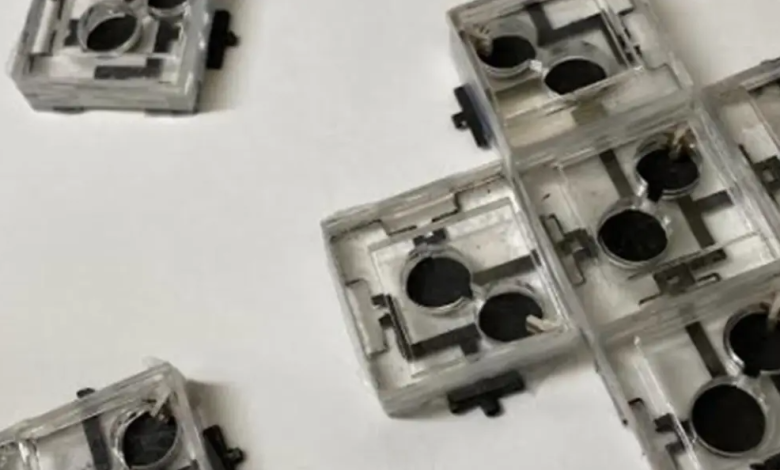Bacterial biobattery produces electricity for weeks

The first “plug-and-play” bacterial biobattery
(Sustainabilityenvironment.com) – Professor Seokheun Choi of Binghamton University in the United States has been working on bacterial biobattery for years. Together with his team of engineers, he has created a long series of devices based on paper or cloth, capable of generating and accumulating electricity through the work of microorganisms. Functional, simple and pocket-sized elements, specially designed to power the Internet of Things.
But the main problem of the solutions created is always one: the short duration. The units provided energy for no more than a few hours.
Today, in a new study published in the Journal of Power Sources, Choi and his collaborators show that they have found a solution. The group has created, in fact, a battery biobattery “plug-and-play” that lasts for weeks.
Read also Biological solar cells, bacteria power a microprocessor for over 1 year
The secret to success is in the design of the biological battery. Scientists have stacked in three separate vertical chambers, different species of microorganisms: on top photosynthetic bacteria that derive their energy from sunlight, producing organic molecules intended for the lower layers. Lower chamber bacteria are those that generate electricity by feeding on such molecules and other nutrients generated by bacteria in the middle layer. All within a system are only 3 square centimeters wide.
“With the advancement of artificial intelligence, we will have a huge number of smart devices, standalone and always active on extremely small platforms. How to power these miniature devices?” commented Choi. “The most demanding applications will be those distributed in remote and isolated environments. We can’t go there to replace the batteries, so we need miniaturized energy collectors”.
The current version of the bacterial biobattery does not generate large amounts of electricity, but researchers say that production could be increased by adding more units and reconfiguring them in various ways depending on the electrical output. Choi explained that work on future versions will focus on making them able to float on water and regenerate themselves if damaged.





